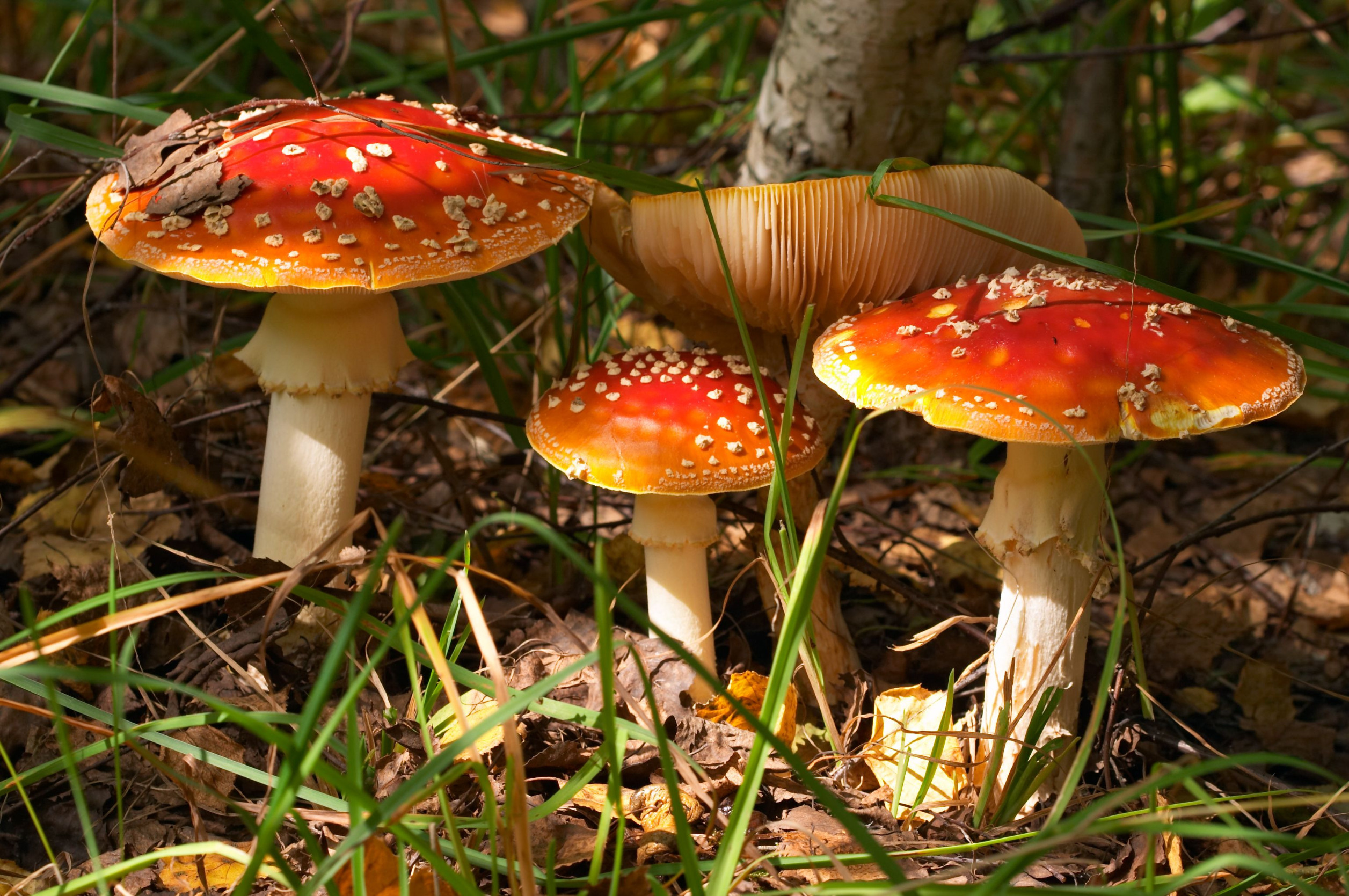Mushrooms are not just a delicious ingredient in your favorite dishes, there’s so much more to them than meets the eye. These versatile fungi have evolved and adapted over millions of years for survival, and understanding their evolution can help us better appreciate their role in nature. In this blog post, we will delve into the fascinating world of mushroom spores and explore how they adapt and thrive.
Mushroom spores are the starting point of the fungal life cycle. They are dispersed through the air and on surfaces, using various methods such as wind, water, and animal transportation. The survival of these spores in diverse environments has been made possible through two significant evolutionary adaptations; their protective coating and ability to remain dormant until optimal conditions arise. The protective coating shields the spores from harmful elements in their environment, preserving them until the right conditions arise for germination. This may involve specific temperature ranges, moisture levels, or the presence of certain nutrients.
Once the right conditions are present, the spores awaken and begin the process of germination. They form hyphae, which are long filamentous structures that extend and grow toward an appropriate food source, such as dead plant material. The hyphae penetrate the substrates, breaking them down and absorbing the nutrients to fuel their growth. The growth of the hyphae leads to the formation of mycelia, the complex network of hyphae that forms the vegetative part of the fungus.

As the mycelia mature, they begin to form mushroom-fruiting bodies that are characteristic of each species. These fruiting bodies play an essential role in the spread of fungal spores, as they contain millions of spores that can be dispersed through the air. This is where the evolution of mushrooms is particularly intriguing; their life cycle continues long after these fruiting bodies form. The process starts again with the dispersal of the spores through different environments.
Mushrooms have adapted to live in different environments, from forests to deserts. They are also highly versatile, capable of breaking down and decomposing various substrates, making them a significant part of our ecosystem. As a result, there are many types and species of mushrooms, each with unique characteristics and properties. Some are edible and delicious, while others are toxic and potentially fatal. Reputable sources for mushrooms spores, like Hidden Forest Mushroom Spores, highlight that it is important to know the right species to select for various purposes, including culinary, medicinal, or research, is essential.
Understanding the evolution of fungi and mushroom spores is crucial for us to better appreciate their vital role in the ecosystem. They have adapted and evolved for millions of years, facilitating the cycle of life and death. The protective coating of spores and their ability to remain dormant until favorable conditions arise has allowed them to thrive in diverse environments. As a result, the mushroom spores come in various shapes, sizes, and characteristics, each with unique properties. Mushrooms have evolved to serve different purposes in different ecosystems, making them not only delicious but also essential for a balanced and healthy environment.
